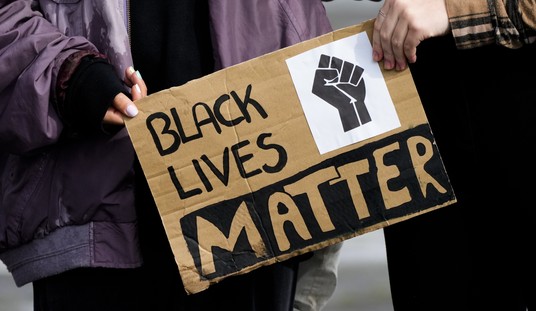Will they be called The Welfare Generation?
Today, they are Americans under 18 years of age growing up in a country where the majority of their peers live in households that take "means-tested assistance" from the government.
In 2016, according to the most recent data from the Census Bureau, there were approximately 73,586,000 people under 18 in the United States, and 38,365,000 of them -- or 52.1 percent -- resided in households in which one or more persons received benefits from a means-tested government program.
These included the Supplemental Nutrition Assistance Program (food stamps), Medicaid, public housing, Supplemental Security Income, the Special Supplemental Nutrition Program for Women, Infants and Children, Temporary Assistance for Needy Families and the National School Lunch Program.
The Census Bureau published its data on the number and percentage of persons living in households that received means-tested government assistance in its Current Population Survey Detailed Tables for Poverty.
Table POV-26 indicates there were approximately 319,911,000 people in the United States in 2016. Of these, 114,793,000 -- 35.9 percent -- lived "in a household that received means-tested assistance."
That does not mean every person in the household received the aid themselves, only that one or more persons living in the household did.
When examined by age bracket, persons under 18 were the most likely to live in a household receiving means-tested government assistance (52.1 percent), while those 75 and older were least likely (18.8 percent).
But Americans in all the age brackets up to age 44 analyzed by the Census Bureau were more likely to be living in a household that received means-tested government assistance than the overall national rate of 35.9 percent.
Recommended
For those 18 to 24 years old, the rate was 40.1 percent; for those 25 to 34, it was 36.8 percent; and for those 35 to 44, it was 37.4 percent.
For those 45 to 54, it dropped down to 30.6 percent -- below the 35.9 percent overall rate.
But even when the Census Bureau excluded the school lunch program from its calculations, the percentage of those under 18 who lived in a household receiving means-tested assistance (44.8 percent) exceeded the percentage in any other age bracket.
Twenty years ago, in 1998, according to Census Bureau data, only 36.9 percent of Americans under 18 lived in a household receiving means-tested government assistance. In 2008, the percentage broke 40 percent for the first time. In 2013, it broke 50 percent for the first time.
America has now seen four straight years -- 2013, 2014, 2015 and 2016 -- during which a majority of those under 18 lived in a household taking means-tested benefits.
The Census Bureau data indicate that people living in intact families are less likely to be on government assistance than people living in broken families. Nonetheless, the government-dependency rate is still high for intact families that have children under 18.
There were approximately 192,838,000 people living in married-couple families in the United States in 2016, according to Table POV-26. Of these, 56,690,000 -- or 29.4 percent -- lived in households that received means-tested government assistance.
Yet, 41.1 percent of the children under 18 in married-couple families lived in households receiving means-tested assistance (and 34.2 percent received means-tested assistance even when the school lunch program was excluded).
Among children under 18 in families where a male householder was living without a spouse, 64.1 percent were in households on means-tested government assistance (54.8 percent excluding the school lunch program).
Among children under 18 in families where a female householder was living without a spouse, 78.0 percent were in households on means-tested government assistance (69.8 percent excluding the school lunch program).
Among children under 6 years of age living in families where a female householder was living without a spouse, 81.8 percent were in households on means-tested assistance (77.7 percent excluding the school lunch program).
America's prosperity is ultimately and inextricably tied to America's culture. If we want to see the former flourish, the latter must also.
























Join the conversation as a VIP Member